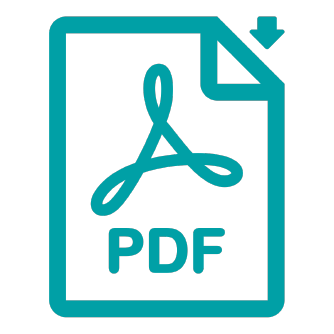
Health Information Technology (HIT)
Health Information Technology (HIT)
Health Information Technology (HIT) is an operational component for health services in rural communities to improve the quality, safety and effectiveness of health services and to assist providers in managing population health. Health care and community providers use HIT to transfer, save, secure and recover information electronically and provide access to care within health care and community settings.
Key elements of HIT include:
- Electronic health records for patients.
- Transmittal of medical test results electronically.
- Secure electronic exchange of records by providers for coordinating patient care.
- Secure online access for patients and families to personal health information.
- Electronic communication between health care providers, patients, and community caregivers.
- Prescribing of medications and medical tests electronically.
- Best practices and treatment options for providers to improve quality of care through decision support systems.
- Increasing access to providers through telehealth applications.
- Mobile devices to provide data and information available at the point of care or monitoring
- A number of these elements are part of the 'Advancing Care Information' component of the Quality Payment Program (QPP) within the Medicare Access and CHIP Reauthorization Act of 2015 (MACRA).

Health IT.gov

Health IT.gov

HITEQ Center

Department of Health and Human Services

National Rural Health Resource Center

National Rural Health Resource Center



